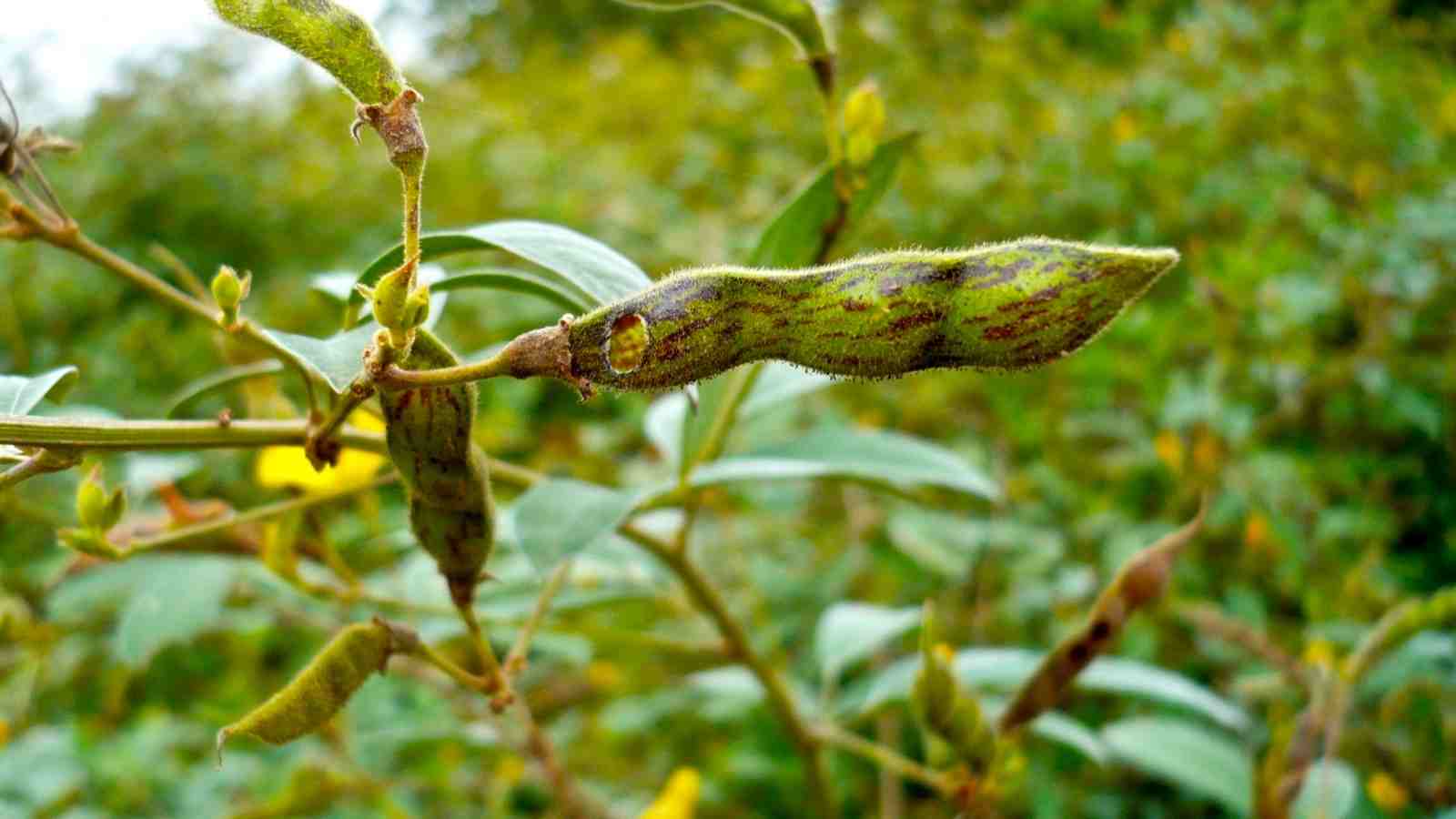Pulses are a very important part of Indian meals. Be it moong dal or arhar dal, the pulses are a mandatory deal in most of the courses on the dining table. Pulses are extremely high in proteins and are very good for boosting the immunity of the body. The moong dal in the commercial market is popularly known as the green grams. Apart from the rich content of good proteins, the green grams are very high in iron and also in fibre.
The high content of fibre helps in the proper maintenance of the digestive system. Thus, this in turn keeps on track the bowel movement. This type of pulses were at the initial times were grown only in the Northern states of the country like Punjab and Haryana. However, with the increasing demand for the protein rich pulses, almost all the states have now started to grow this crop.

On an average, the Northern states to cater to at least 4.5 thousand tonnes of green grams to meet the domestic needs of the country. The trendy addition of green grams in the breakfast has made the country to export a share of production to the foreign markets as well. With high amount of vitamin B, vitamin C and Vitamin A.
Moreover, with the calculated amount of cholesterol, sodium and potassium, these crops are great for the health. Mostly, the heart and the blood pressure is maintained properly by the regular consumption of green grams. With an olive green hue, this gram tastes a bit sweeter than the other pulses. To know more about the growth and the productivity of the green grams, do check out the following details with respect to the moong dal or green gram farming.
1. What are the climatic conditions required for moong dal farming in India?
- The climate which is required for growing green grams is very flexible. It can be grown within a temperature range of 20 degree Celsius to 35 degree Celsius.
- The sowing temperature of the crop differs from the growing temperature. A range of temperature within 25 degree Celsius to 30 degree Celsius seems to very appropriate from the sowing season.
- The harvesting temperature for this crop is far more as compared to the other required temperature ranges. A temperature range of 30 degree Celsius to 35 degree Celsius is important for the proper harvesting of the crops.
- Apart from the different ranges of temperatures required, the crop also needs a proper amount of rainfall. An annual shower of 50 cm to 95 cm is absolutely perfect for the growth of this crop.
2. The most common varieties of Moong dal which have high yield
- With the advancing of technology, the agricultural researches has also increased. Likewise, the recent variety of green gram has been produced by the method of cross breeding. In this method, moong dal was crossed with rice bean. This variety produces a very high yield of approximately 5 quintals per acre per yield. This variety is termed as SSL 1827 and it is highly resistant to pests, diseases which affect productivity. This variant has proved to be resilient and prevent diseases like mosaic virus.
- The new variety which is suitable to grow in the kharif season have been observed to grow up to an average height. Though the height of this new variety may seem compromised as compared to traditional variety yet the yield does not get hindered by the same. The harvest of this variety, technically termed as ML 818 can be completed just in two and a half months. Moreover, the propagation of this variety is very easy. Since on an average a seed pod of this variant consists of 10 seeds. Even this variety of green gram is very resistant to local diseases. This variant performs well against diseases like the bacteria leaf spots and cercospora.
3. The most important methods of land preparation for Moong dal farming in India
The land should be properly tilled to get a proper harvest of moong dal or green gram. The land needs to made fertile by using decomposed farm yard manure and proper irrigational activities. The tilling should be done at least twice or thrice followed by a season of planking before growing the crops. To grow green gram, the land should be laid out in rows with at least 30 centimetres space between each other. The individual crop in each row should be at least at 10 centimetres from each other during the Kharif season. When growing moong dal in rabi season, the crops should be placed at least 7 centimetres from each other in the rows.
